By Chris Smith of California Northern
Text via UTNE Reader
One night a little more than a decade ago, Steve DeCaprio pulled his bike up to an abandoned house in Ghost Town, a poor neighborhood in West Oakland dotted with vacant lots. He cut through the rusty lock on the chain-link fence with bolt cutters, then pried open a plywood sheet that stood where the front door once had. Then he replaced the locks with his own. This is how DeCaprio, a longtime East Bay squatter and veteran of the punk and metal scenes, acquired his home.
He already knew that the previous owner of the house had died in the early 1980s and that no one had come forward to claim it. The turn-of-the-century bungalow had sat empty for many years. The kitchen floor was burned out, and the back of the house hung off the foundation. An acacia tree in the backyard had grown into the roof, leaving the interior open to the elements. The top floor was piled with the carcasses of dead raccoons and other small animals.
DeCaprio and a crew of friends got to work making the place habitable. “At first, it was basically just urban camping,” he remembers. It took eight months of on-and-off work to fix the roof. He got the water flowing, bought storm doors and painted the exterior, planted cacti in the front yard, and yanked out another backyard tree that had begun to menace the house next door. He named it Noodle House, and he currently shares it with three people plus the occasional touring underground band.

DeCaprio, who turns 40 in August, has tousled, graying hair and favors Carharts and black T-shirts bearing band logos. In a more mainstream context, he would be described as a “go-getter.” He plays guitar in a black-metal band named Embers, works as a member representative for the California League of Conservation Voters, and is pursuing a law degree through an independent study program (he expects to take the bar exam next year). And, of course, there’s the house. Right now, DeCaprio is working on a solar array to provide electricity. “There’s gonna be this moment when I turn on a light switch and it’ll be epic,” he says.
Perhaps most impressively, DeCaprio is no longer simply a squatter. He didn’t buy his house, but, after more than a decade of struggle, he owns it. Indeed, he has lived in his house so long that he has gained ownership of it under an obscure law called “adverse possession,” which allows ownership not through purchase or inheritance (the common paths to home ownership), but through occupation—provided no one else can prove he or she is the real owner. Adverse possession, DeCaprio says, is the “holy grail of squatting.”
With the rise of the Occupy movement, squatting has gained new visibility. Since the camps were broken up last fall, the movement has increasingly focused on housing justice—whether it’s helping homeowners fight foreclosure, staging protests against homelessness, or setting up safe havens for occupiers to pursue their activism full-time. Squatting, as a tactic or occasionally as an end in and of itself, is the key component. (As I reported this story, more than one person told me that the word for “occupy” in Spanish—ocupar— also means “to squat.”)
DeCaprio, whose status as an adverse possessor gives him legal protection, has emerged as a squatter spokesperson of sorts. Last summer, he founded Land Action, a nonprofit dedicated to creating more “occupations” (he prefers that term to the “s-word,” which he thinks has a pejorative edge) like his own. The idea, he explains, is to provide free housing that in turn allows countercultural people the financial freedom to pursue low-paying or unpaid social justice work. And when Occupy burst onto the scene, he acted as a consultant: advising occupiers on property law, real estate research, and squatting history and tactics.
For DeCaprio and other political squatters, Occupy’s appearance was both cause for excitement and a vindication. “A lot of people last fall were saying, ‘Yeah, join the movement to occupy!’” he says. “And a lot of other people were like, ‘We’ve been occupying for years.’” Unlike DeCaprio, most political squatters aren’t terribly interested in owning their homes. But in their mix of utopian ideals and ruthless pragmatism, they share the same ultimate goals for society: they want to carve out new spaces from the settled order.
“There’s all kinds of waste in our society,” says a 30-year-old squatter who spent last year squatting foreclosed homes in Sacramento and putting the money he would have spent on rent into underground art shows. “These vacant buildings are just going to waste. Why not use them?”
Today’s political squatters are heirs to a long Bay Area tradition of unconventional approaches to housing and land use. In Berkeley in 1969, a group of radicals transformed a UC Berkeley-owned lot into the communal People’s Park. A month later, Alameda County sheriff’s deputies opened fire on a protesting crowd, killing one and injuring 100 others. In San Francisco, the Good Earth commune—a tribal assortment of radicals, hippies, and ex-cons—took over shooting galleries in the drug-ravaged Upper Haight and made them habitable again, according to David Talbot’s history of progressive San Francisco, Season of the Witch.
As the 1970s bled into the ’80s, squatting became associated with punk. Both had an anti-authoritarian, do- it-yourself sensibility, and wandering young punks streamed into the Bay Area just as the flower children did one generation earlier. Some of the squats were explicitly political. For example, a shuttered South of Market laundry building called HOLC served as the headquarters for punk and anarchist protests during 1984’s Democratic Convention. On the last day of the convention, according to an essay by activist David Solnit, punks went to a Rock Against Racism/Reagan concert, then marched to the Bank of America building to protest its ties to the nuclear weapons industry and apartheid South Africa. The day ended with a police riot and some 300 arrests outside the Hall of Justice.
A new squatting strategy took root in the early 1990s, courtesy of a San Francisco homeless advocacy group named Homes Not Jails (HNJ). Noting that the city had 14,000 homeless and 6,500 empty units, the group proposed putting the homeless in some of those vacancies. The approach was two-pronged: they staged spectacular occupations of “symbolic” buildings to draw media attention and build public support for housing rights, while secretly placing homeless people in empty buildings.
The group’s first public takeover set the template. On Thanksgiving Day 1992, activists converged on a Tenderloin apartment building owned by a notoriously sketchy landlord. With the media in tow, they occupied it, barricading themselves inside and dropping banners from a window announcing their cause. It was a sensation. “The media has always loved building takeovers,” says Ted Gullicksen, founder of Homes Not Jails and executive director of the San Francisco Tenants Union. Meanwhile, HNJ members were breaking into abandoned buildings and offering the homeless a place to stay.
Now, owing to the foreclosure crisis and the ferment of the Occupy movement, there might be more squats than ever. Through DeCaprio, I met an Oakland squatter who is staying at a clandestine Occupy Oakland squat. He asked that I call him “Magon,” the name of an early 20th century Mexican anarchist, rather than use his real name. He estimates that there are six Occupy-affiliated squats scattered across the city, and perhaps double that number in non-political squats. This number doesn’t include short-term places that last a day or two. He adds, “The scene is exploding.”
On a chilly day late last fall, a few weeks after police cleared Occupy Oakland’s downtown camp, DeCaprio stood in the amphitheatre of Frank Ogawa Plaza, the site of Occupy’s general assembly meetings. Microphone in hand, he ran about two-dozen occupiers through a series of mini-seminars with titles such as “Squat Law” and “Defending Squats.”
He discussed California Civil Code Section I006, which allows squatters to occupy disused buildings provided the owner doesn’t object, and the ins and outs of the criminal code, which gives authorities leeway to charge squatters with criminal trespassing (in practice, sometimes even if the owner doesn’t complain). Mostly, though, he dispensed advice. When the cops show up at your door, DeCaprio told his audience, it’s very important to behave as if you belong there—from having your own set of keys to mowing the lawn to getting your mail delivered to the house. “The phrase I love to use is, ‘Is there something I can help you with?’” he said. “It’s magical. It’s like ‘These aren’t the droids you’re looking for.’”
“Some people might say, ‘We should march on the White House,’” says DeCaprio. “I think it’d be more effective to occupy a bank-owned property in an economically distressed neighborhood. Right now the bankers are in the White House, hanging out with the president. Meanwhile, in the deepest part of Oakland, some squatter is occupying a bank-owned property and seizing a tiny bit of power away from them.”
Near the end of 1999, DeCaprio and his wife Kelly Nelson’s anarcho-punk band, Lesser of Two, embarked on a months-long European tour. It was an eye-opener for DeCaprio. Squatting is far more accepted in many European countries than in the United States. The protocol was famously easy: get a few items of furniture, put a lock on the door, and you’re in.
The band played and slept in squats from Oslo to Leipzig, Milan to Prague. A place named La Sintilla, in Modena, Italy, which had a bar, a library, residential apartments, a concert hall, and foosball tables, was typical of the more developed squats. “Some of these places blew my mind,” he says. “Anything you could imagine was being done … I wanted to build more alternative structures like that.”
When he returned to the Bay Area, though, things went south quickly. DeCaprio couldn’t get his job back, and he and Nelson were evicted from their apartment after demanding repairs from the landlord. “I had seen this other world in Europe,” DeCaprio says, “and now I was back here, living in my fucking van.” He decided to start his own squat.
DeCaprio threw himself into the task. He rode around on his bike, scouring the inner East Bay for a likely squat. He found his current home first, but at the time he didn’t have the money to fix the roof. Instead, he concentrated on a decrepit Victorian just inside the Berkeley city limits. He went to the assessor, the courthouse, and the recorder’s office, researching property records. He tried to find living relatives.
Gradually, the house’s story emerged: the owners had died in the 1980s and their son inherited the house only to die soon after. Nobody, apparently, had lived there since. It seemed perfect. DeCaprio named it Banana House.
He also read up on property law. He schooled himself in the nuances of adverse possession, the law that permits squatters to gain title to their homes. Like much of U.S. law, adverse possession is drawn from English common law, and it has been part of our legal code since the 18th century. The law, like nature, abhors a vacuum, and adverse possession is meant to encourage the productive use of property by providing a way to transfer title of an abandoned property to someone who will use it.
“It’s good for society to have a way of clearing titles when we can’t figure out who owns land,” says Tim Iglesias, an affordable housing expert and a professor of property law at the University of San Francisco School of Law. “Adverse possession says, ‘Well, this person is using the land, and he seems to be using it well.’”
The exact requirements differ by state, but in California adverse possession officially requires five years of open, continuous occupation without the permission of the owner, the absence of a challenge to that occupation, and the payment of back property taxes. Unofficially, it requires a ton of luck. “That’s the funny thing about adverse possession,” Iglesias says. “Until you’re an adverse possessor, you’re a trespasser.”
DeCaprio would discover this for himself with Banana House.
For awhile, everything was coming along nicely. He fixed the plumbing lines and got the water going. He installed a new door, and soaked the bathtub in bleach after removing piles of rusted pots and pans from it. But the local neighborhood association didn’t like the idea of squatters living in the house, even if they were making it nicer. Somebody called the cops.
Citing civil law, DeCaprio insisted that he was in the process of taking adverse possession of an abandoned home. The police, citing criminal law, said he was trespassing. After police kicked him out the first time, DeCaprio returned to reopen the house. He was cited six times in all, but he kept coming back, even after the city welded the doors shut and glued the locks. One time, DeCaprio says, the police arrived with guns drawn. There was a trial, and he was convicted on three counts of “unlawful entry into a residence” and spent his weekends for most of the next year wearing a fluorescent vest, picking up trash on the side of the road for community service. The judge, he says, called him “arrogant.”
Painful though it was, the experience was instructive. It also served as an inspiration to others. DeCaprio wasn’t a lawyer, but he had become the go-to guy for helping fellow squatters.
“I didn’t figure most of this stuff out until the shit hit the fan,” he says with a laugh. “There was no Steve DeCaprio to ask.”
A few days before Thanksgiving last year, a group of Occupy Oakland members took over an empty lot near the intersection of 18th and Linden in West Oakland. Wells Fargo was due to foreclose on the lot along with the house next door, a few weeks later. The action aimed to draw attention to the foreclosure crisis and, with luck, force Wells Fargo to work out a deal.
This new type of action was the first of its kind for Occupy Oakland, representing a turn towards housing— a potent symbol of inequality. DeCaprio wasn’t at the occupation and didn’t help plan it, but he did play a key role. He trained Chris Moreland, a 23-year-old Oaklander, and a host of other young occupiers in property research.
“Steve showed me how to do all of that stuff,” Moreland says. And the seed, once planted, continued to grow —Moreland says he’s already taught others how to research properties. “They’re all going out there doing their own occupations now,” he says. Although 18th and Linden collapsed, other occupations are succeeding. In San Francisco’s Bayview, one of the city’s poorest and most predominantly African American neighborhoods, occupiers helped a man reclaim his foreclosed house in March. The bank backed off, at least temporarily, and the occupiers transformed the home into a base for fighting other foreclosures in the neighborhood.
At the end of April, a 77-year-old Walnut Creek woman contacted members of Occupy Oakland and told them she was due to be evicted the following morning at 6:00 a.m. Occupiers showed up and convinced the sheriff’s deputies to reevaluate the eviction, which the woman’s family insists is based on fraudulent foreclosure documents. The deputies backed off, and the action bought her a two-week reprieve to keep fighting the foreclosure.
Occupiers are also taking over homes to house their members. Craig Rouskey, an Occupy San Francisco member who works with Homes Not Jails, says there are about a dozen Occupy squats in San Francisco right now — “and some of them are really nice.”
Still, DeCaprio is virtually alone in his security.
Officially, the city doesn’t recognize his ownership of Noodle, but the law of adverse possession doesn’t care what the city thinks. For now, he feels relatively safe in his home. He talks of “putting in a hot tub in the backyard and being all fancy.” But, he adds, “Those ideas are in the distant future.”
His band, Embers—which, though not explicitly political, operates by punk’s DIY rules—will be touring Europe soon, playing clubs and squats alike. His nonprofit, Land Action, is consulting with would-be occupiers all over Oakland and fighting for one group of squatters in court contesting an auction of their West Oakland house. And the rise of Occupy has shown DeCaprio that there are many more people out there who see the world as he does.
As we drive, he marvels at the trajectory of his life. “I’ve gone from sitting in Banana House in a mildewy room all by myself waiting for the cops to come,” he says. “But now I feel like, OK, even if at the time it didn’t make sense to a lot of people, now it’s borne out.”
Chris Smith is a writer and photographer, and he teaches journalism and international affairs at The Art Institute of California, San Francisco. Excerpted from California Northern (Summer/Fall 2012), a biannual publication exploring the region’s cultures, environments, histories, and identities.




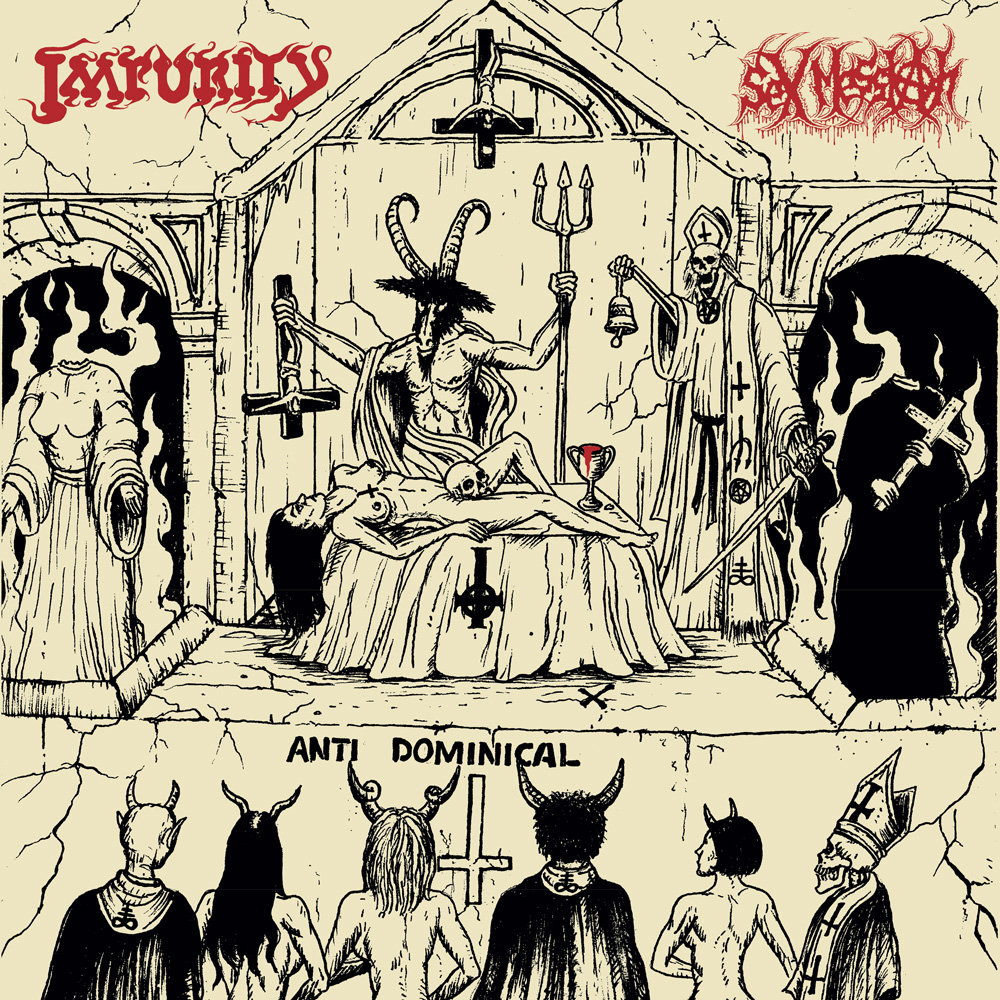

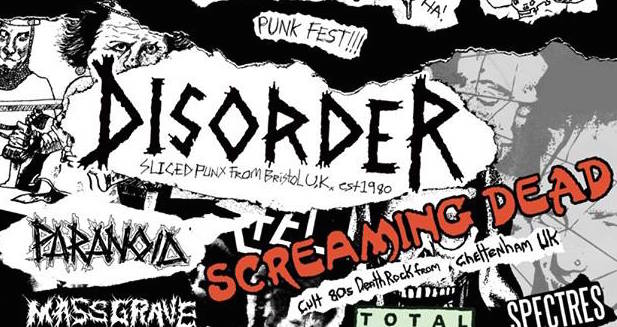




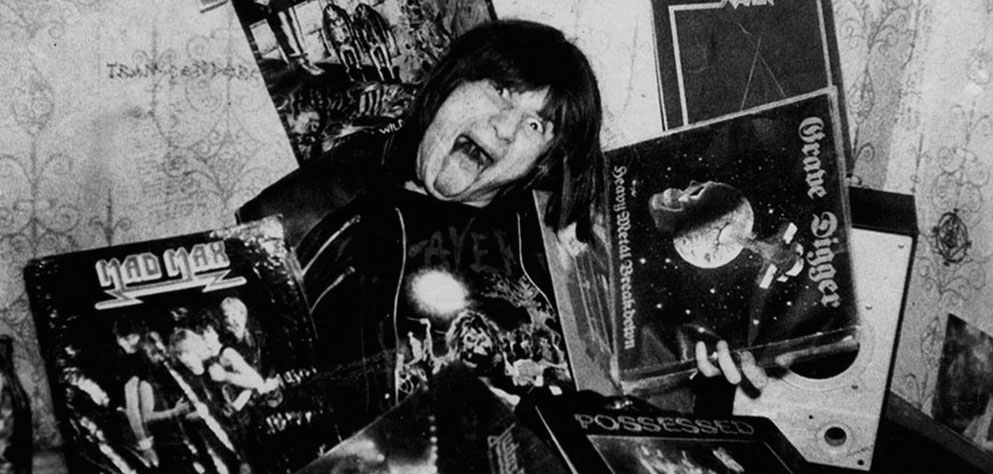
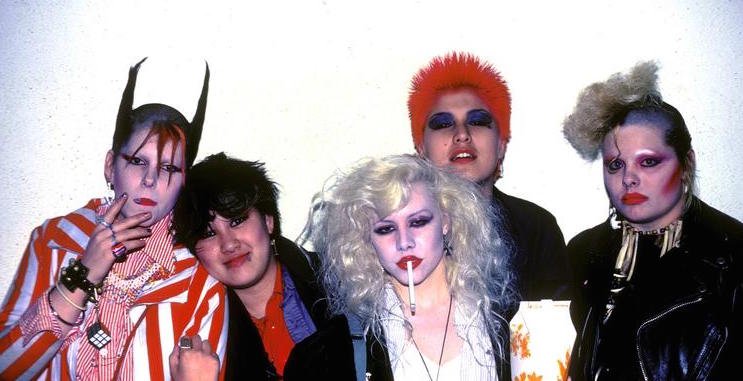
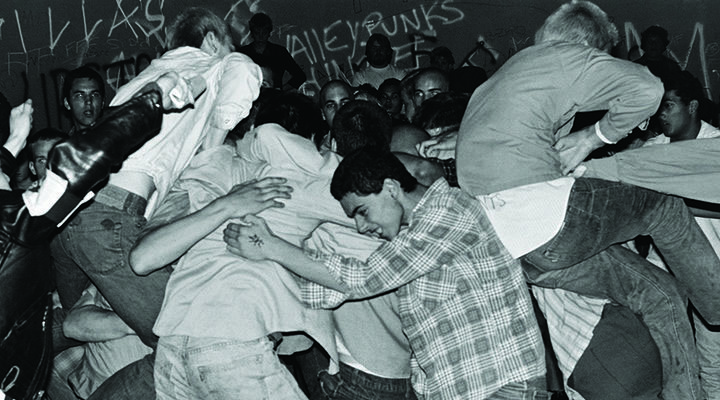


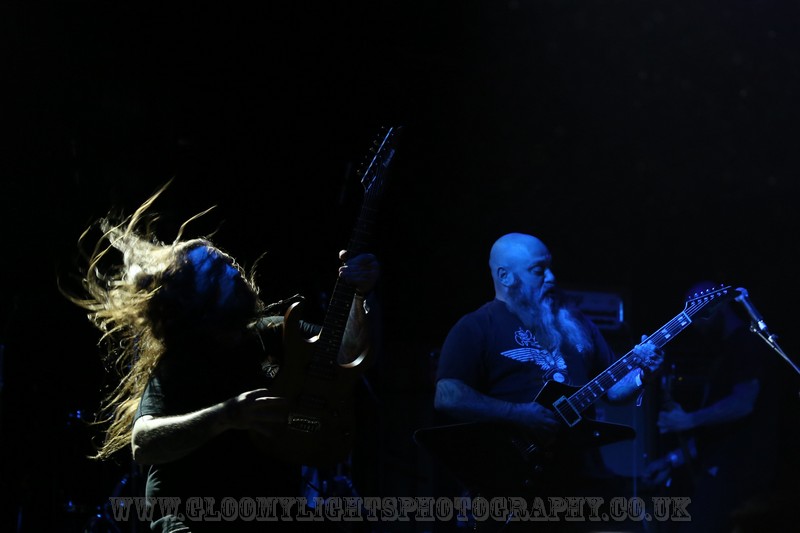



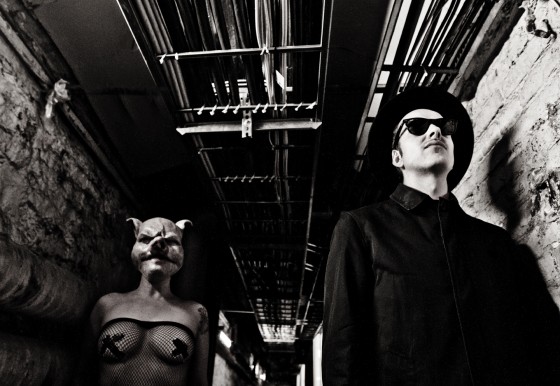
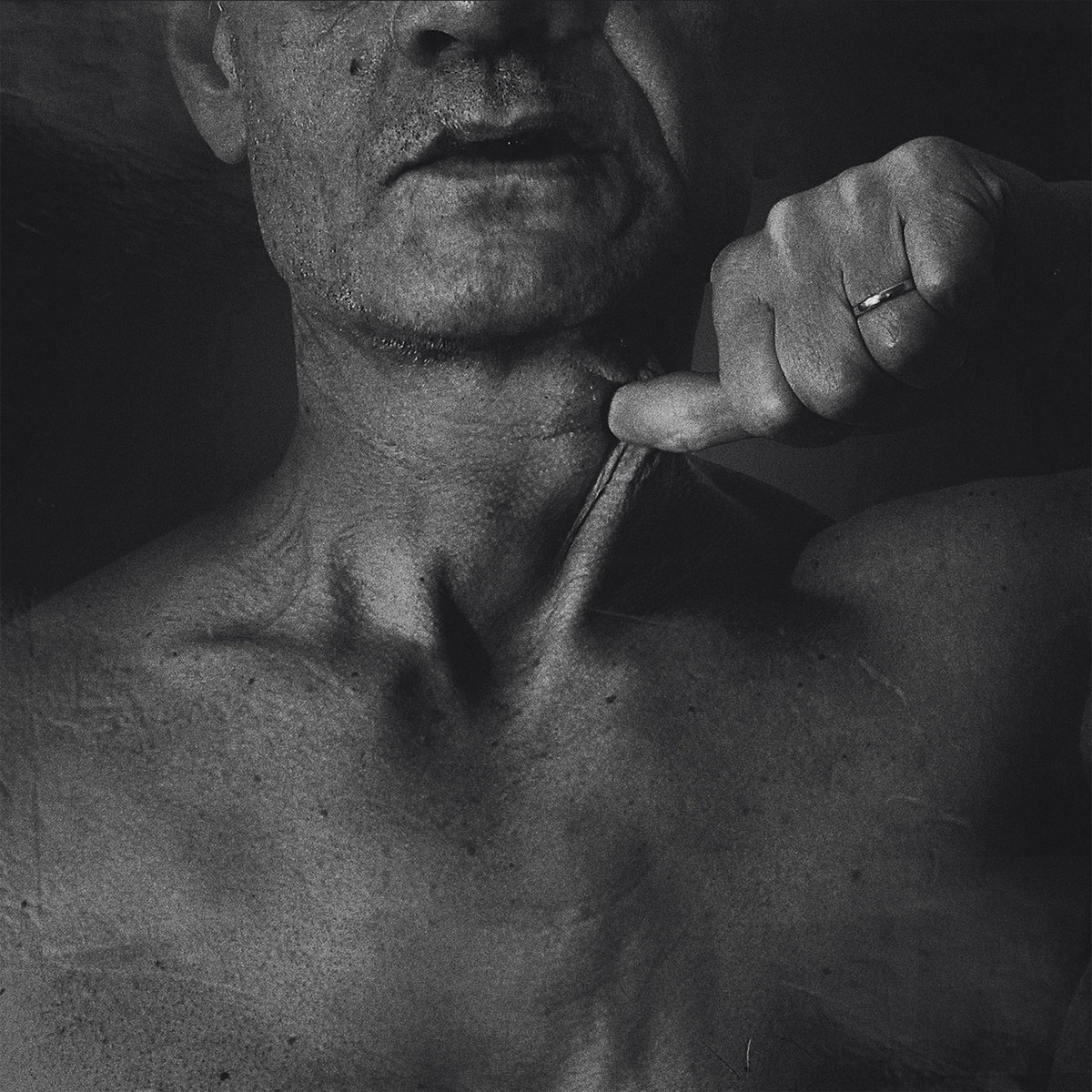

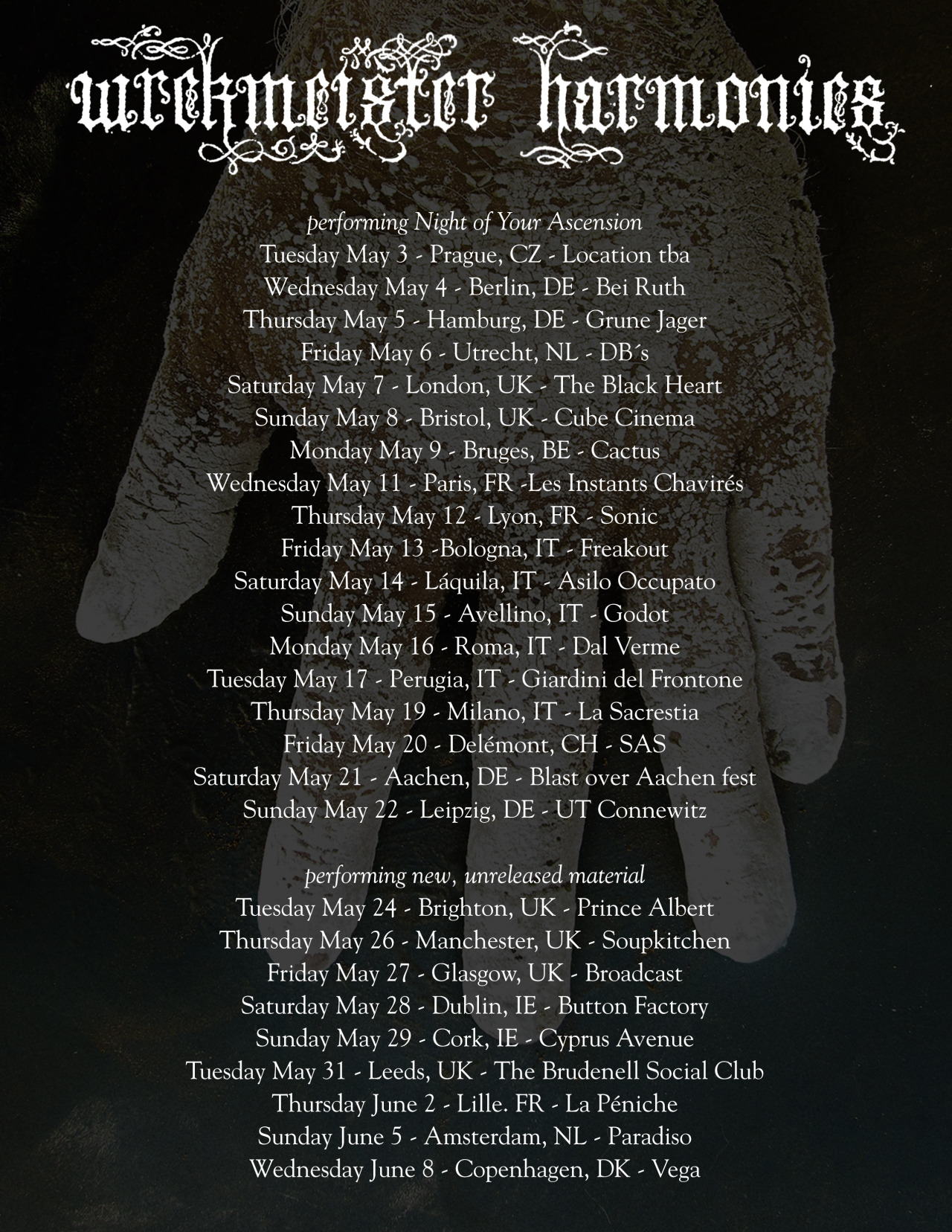
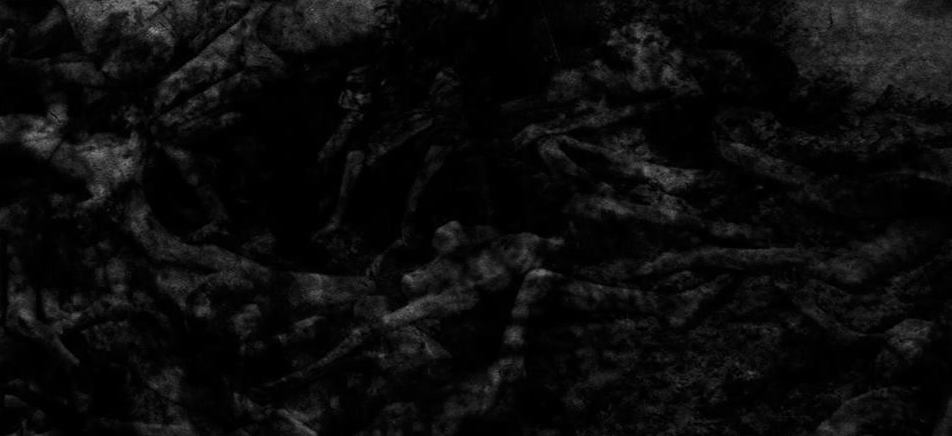



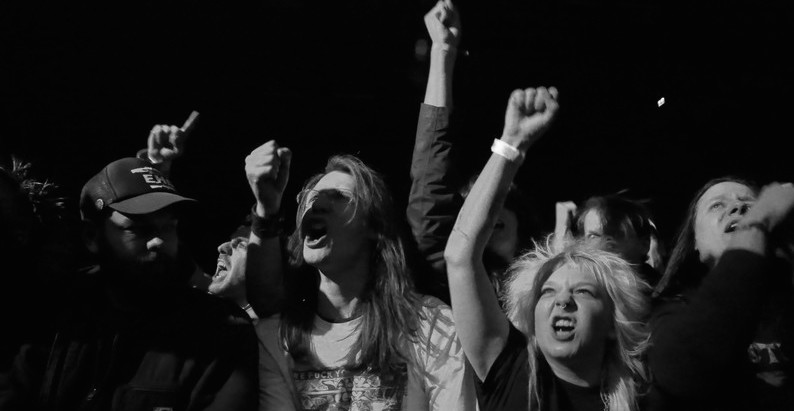
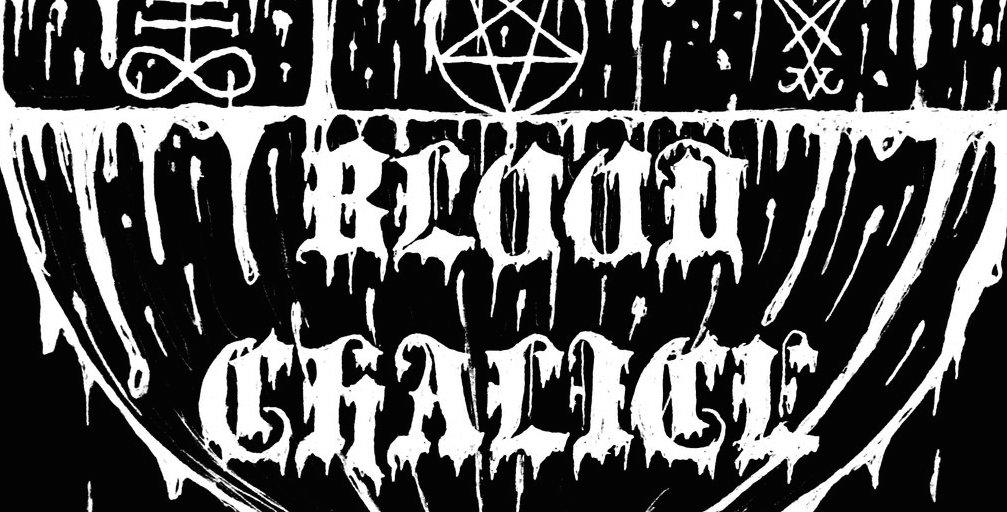





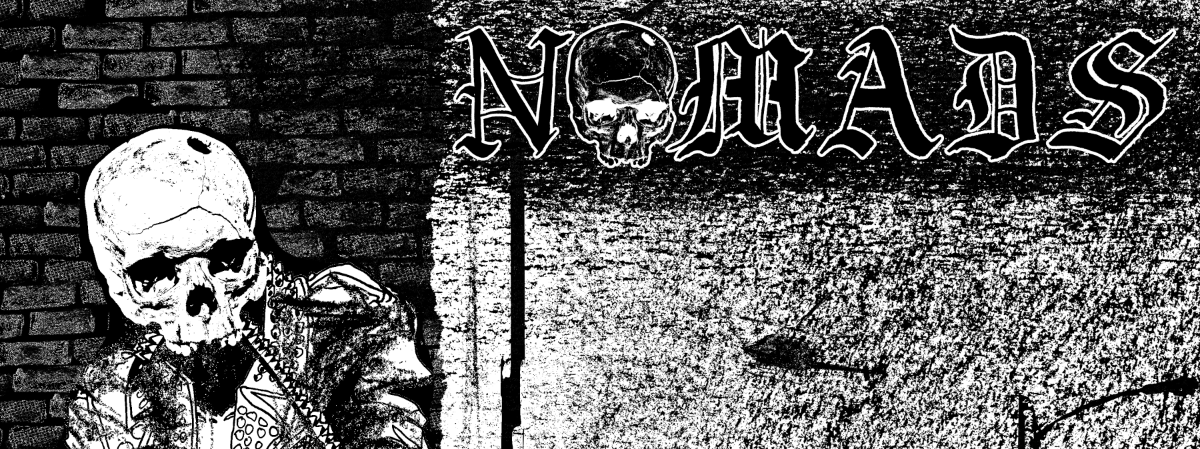


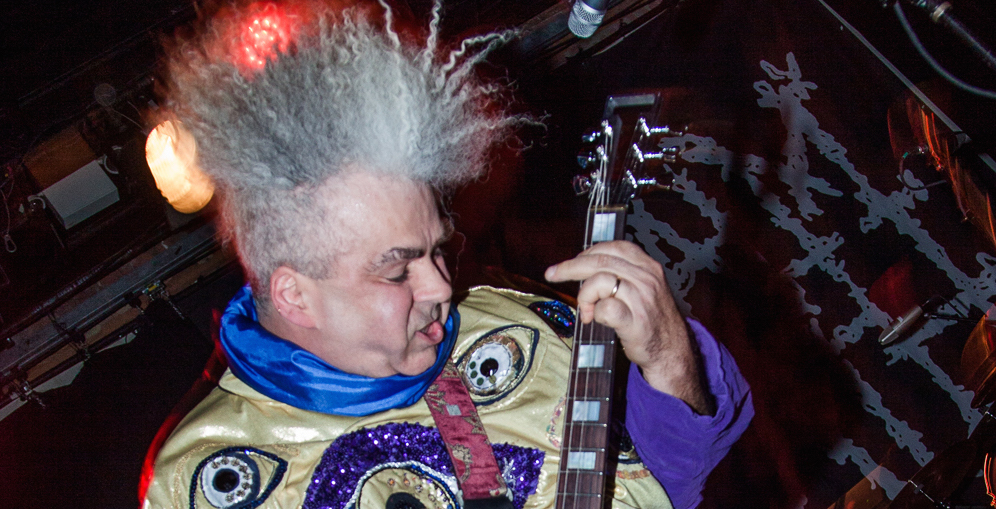

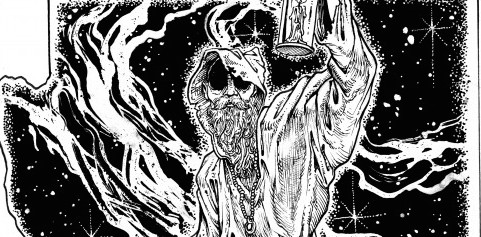
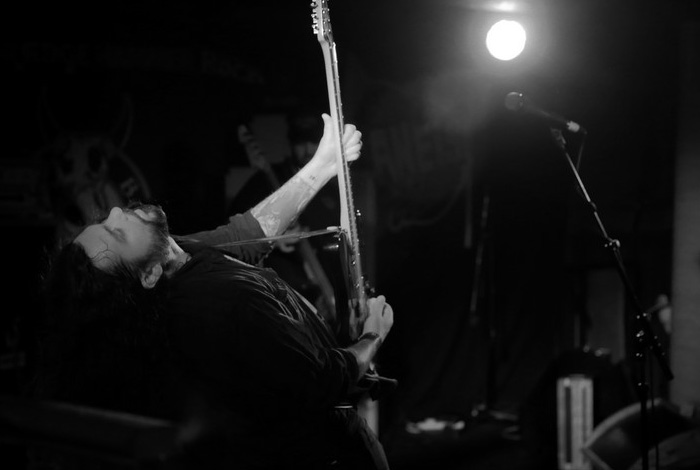


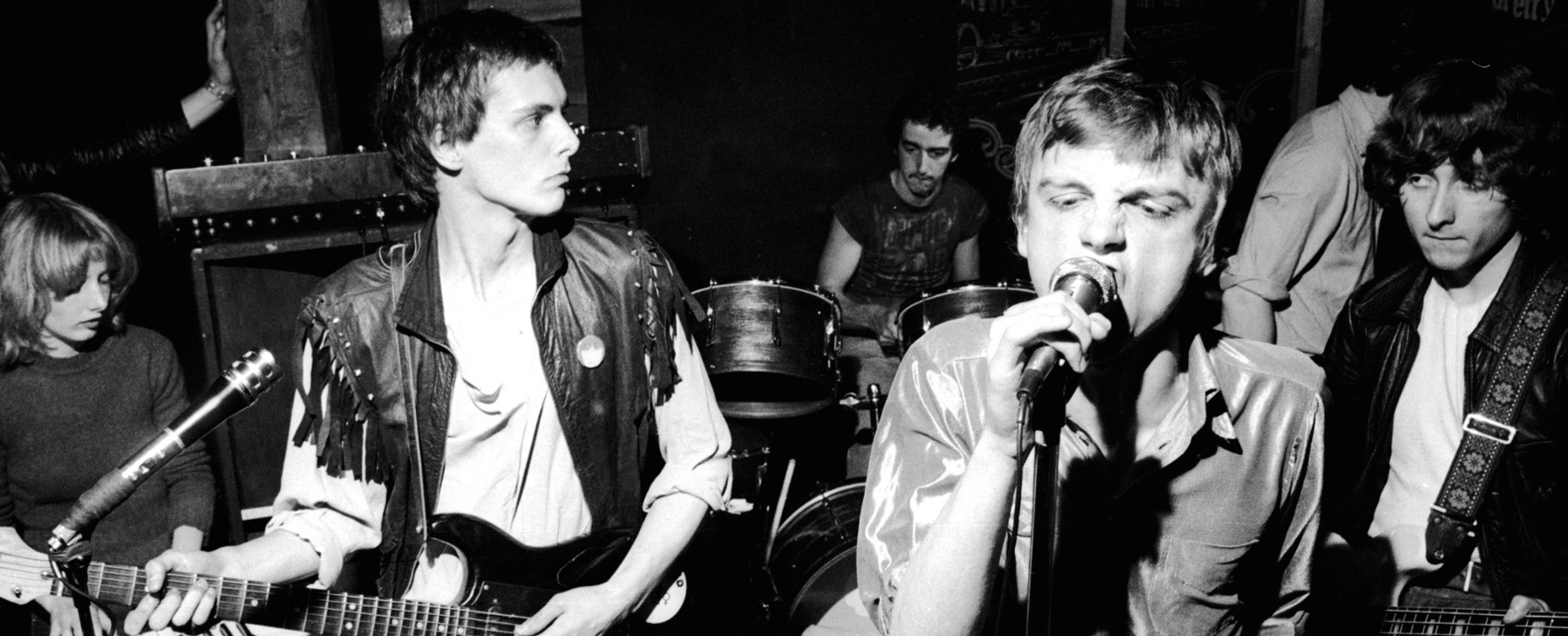





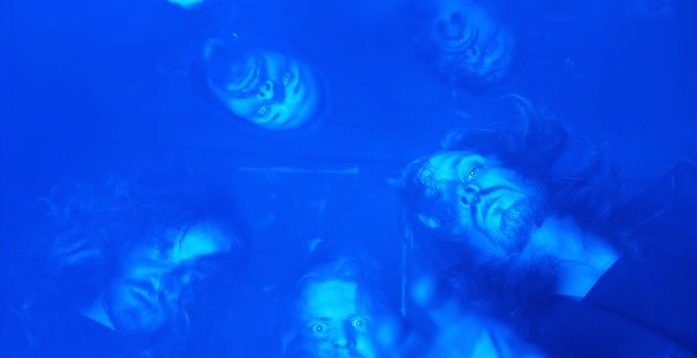
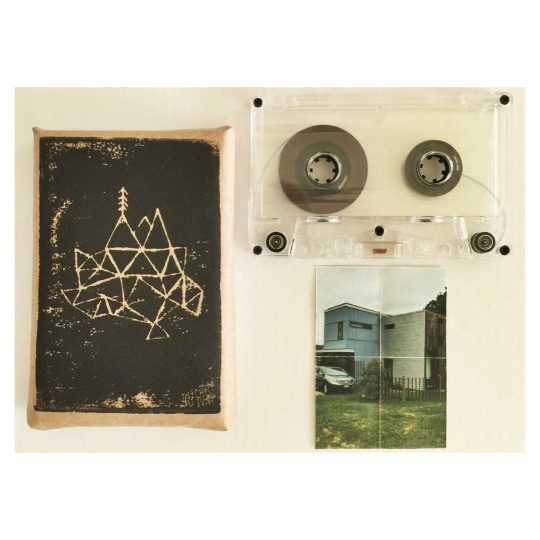



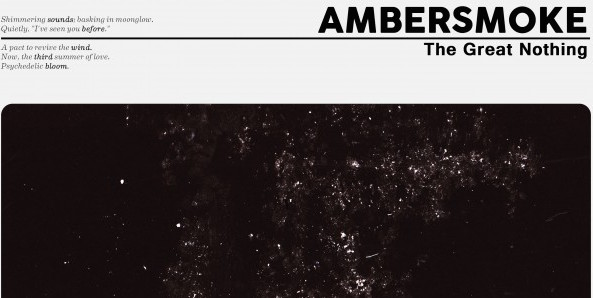
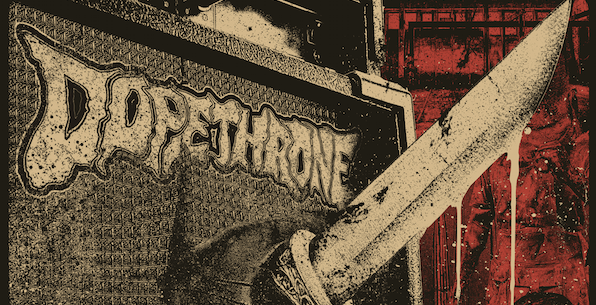


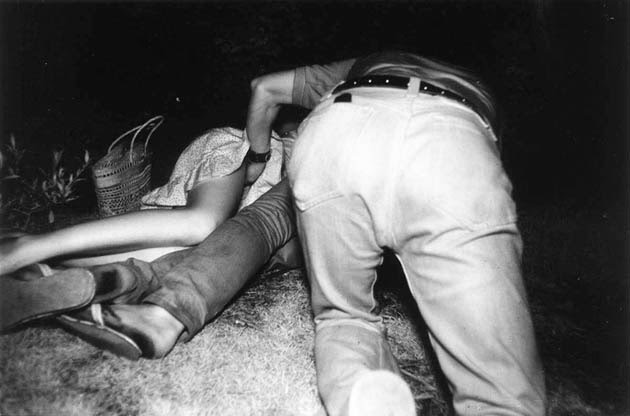
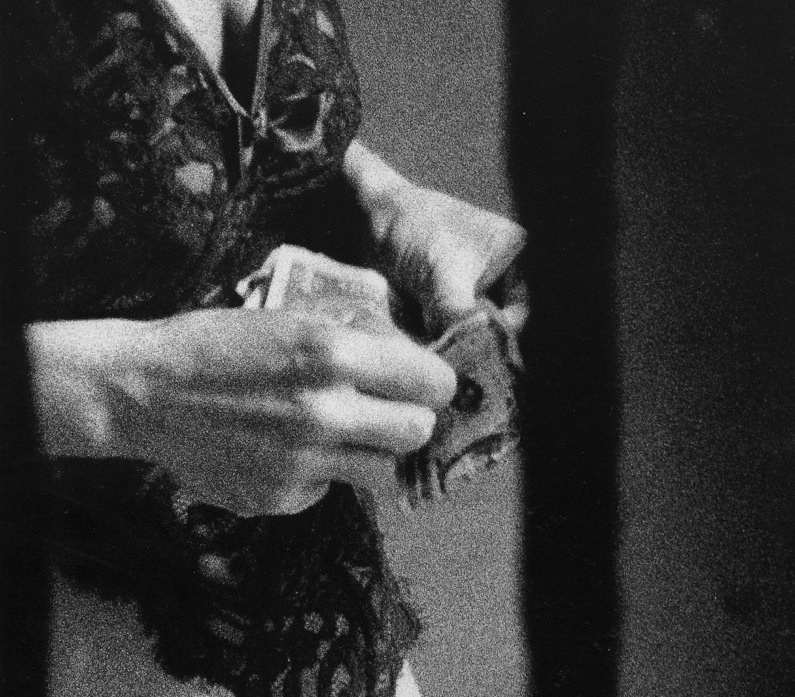






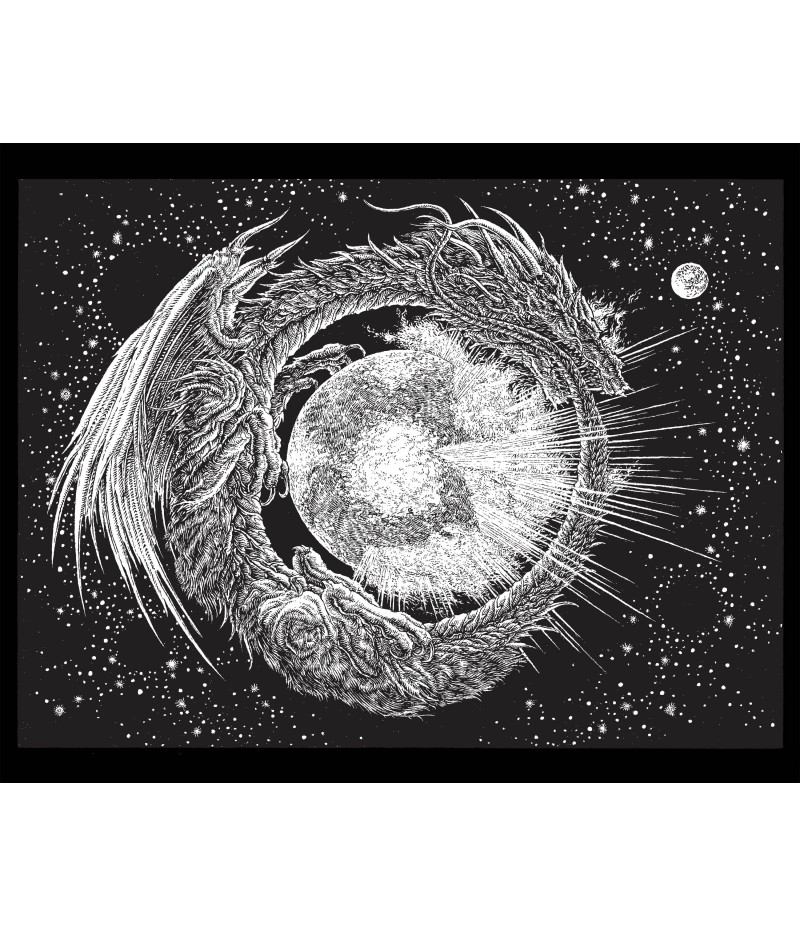





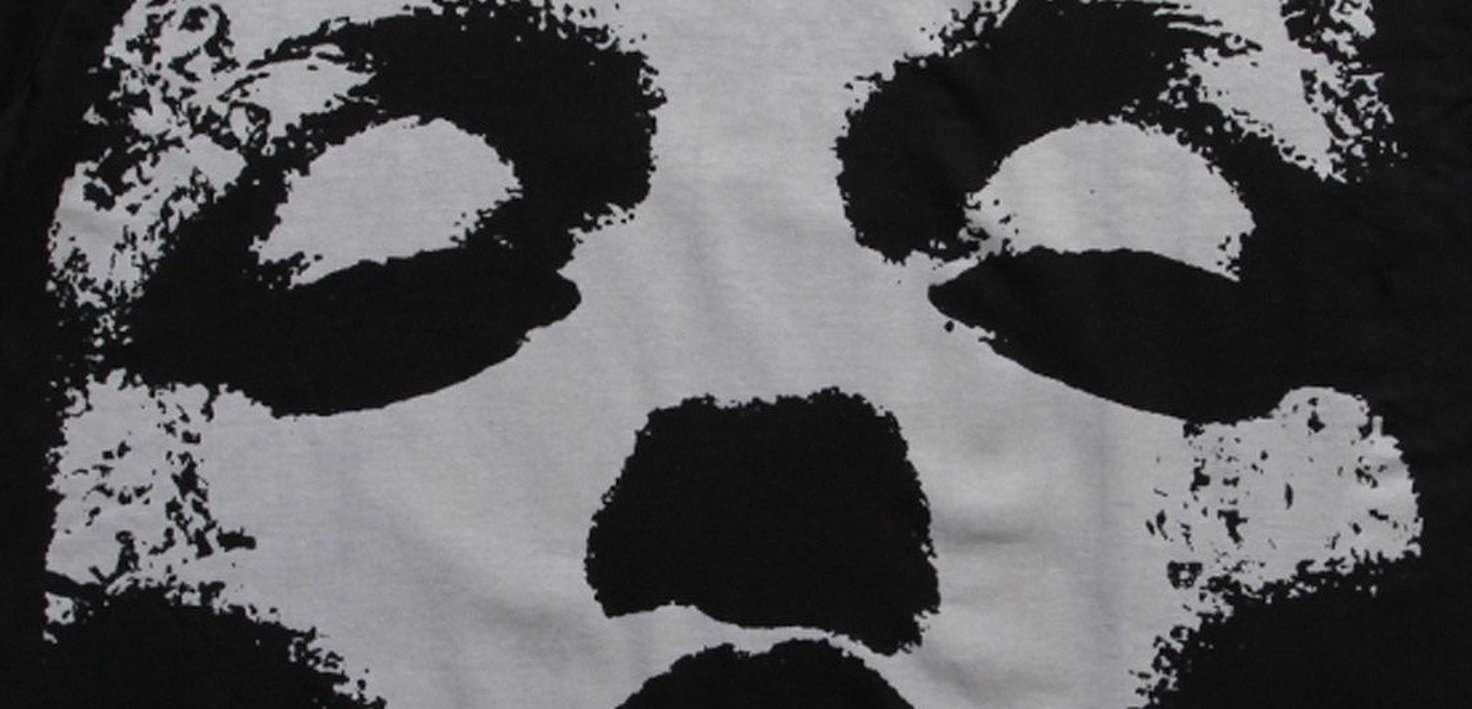
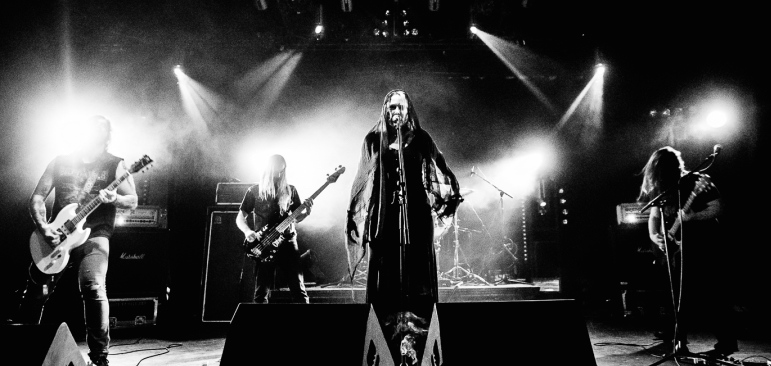
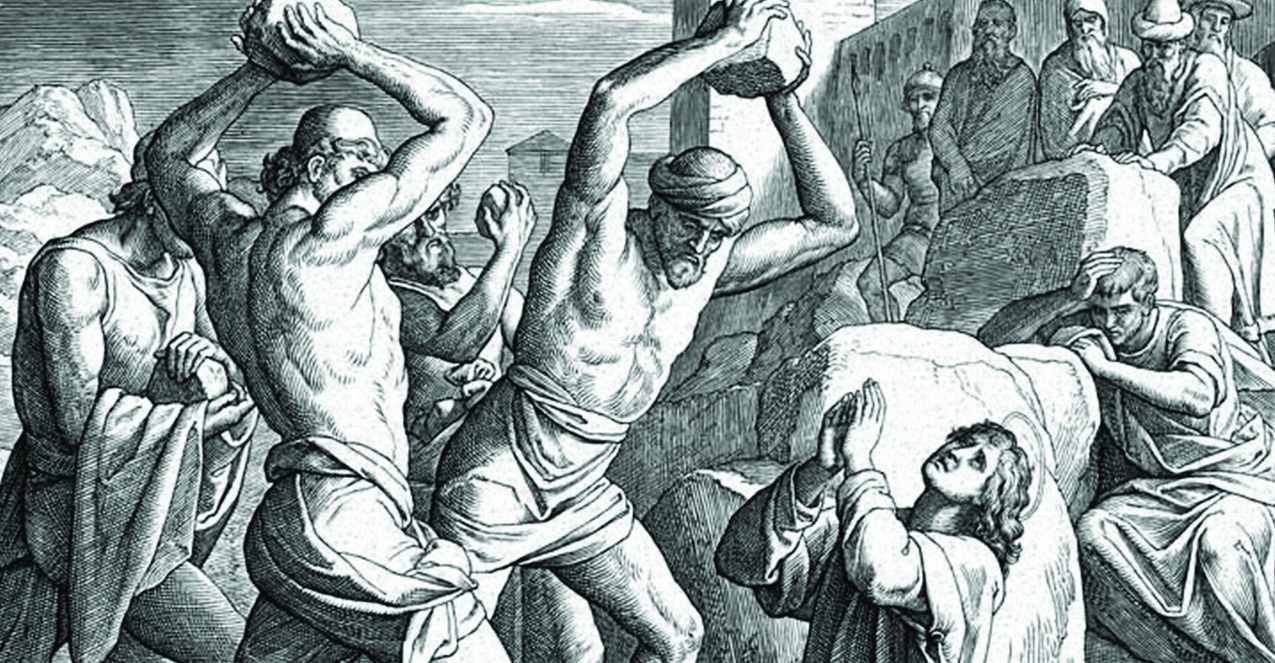
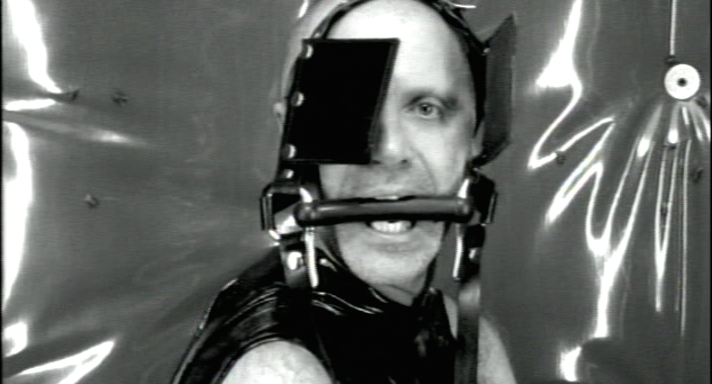



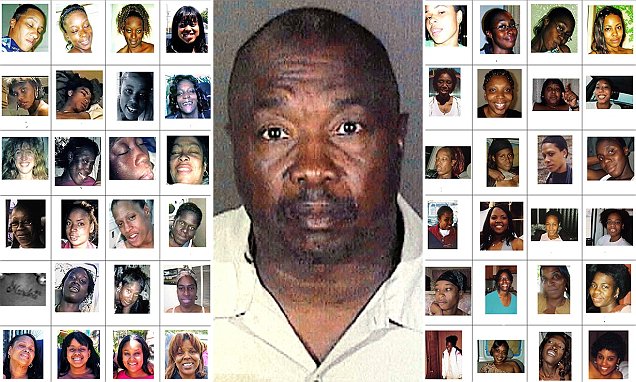






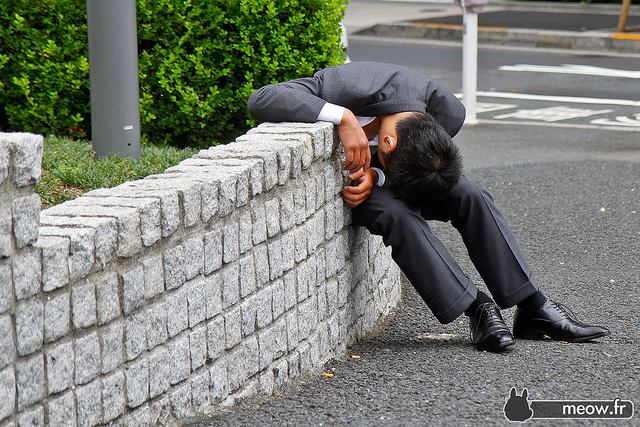



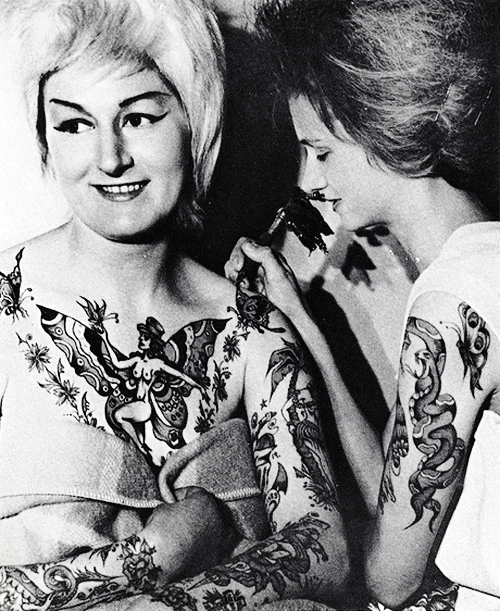

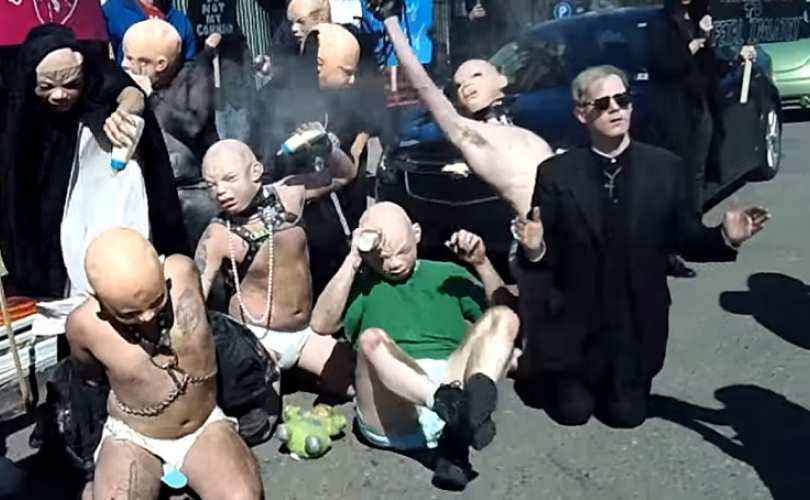







![untitled[House]_2006(1)](http://staging.cvltnation.com/wp-content/uploads/2012/09/untitledHouse_20061-550x550.jpeg)
Paul B
September 27, 2012 at 2:53 pm
awesome article! it’s great to see long term housing justice activism accompanied by DIY punk and metal attitude. Keep up the good work, everybody!